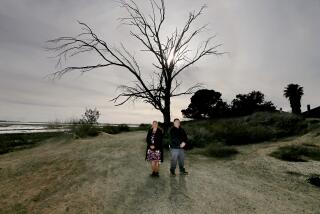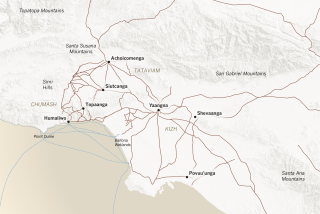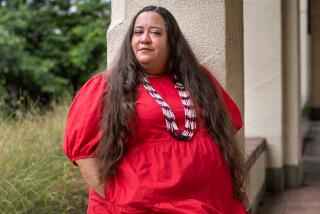An Archeological Setback in Seal Beach
- Share via
We have 18 recorded archeological sites in Seal Beach, which is 95% developed. A remaining area, the 230-acre Hellman Ranch property, is now under consideration for development.
In 1990, that parcel was slated for construction by the Mola Corp.; the bid ultimately failed. In the course of the proposal’s consideration by the city, archeological research was conducted by LSA, a consultant firm.
LSA’s testimony before the City Council created a wave of controversy. The principal archeologist told us there was no evidence that burials had been found on the Hellman property or nearby; previous archeological surveys stated otherwise.
Many local archeologists believe the 13 sites on the Hellman property are part of the Puvungna Native American village complex. Puvungna was the center of several tribes’ religion that predates Christianity, Chinigchinich, believed by them to have been the birthplace of their god.
In response to concerns raised by Native Americans and residents, the council formed a committee to draft a component on archeology for the city’s General Plan. I served on the committee that drafted the chapter, which was adopted by the council in 1992.
This turned the old rules governing development upside down. Archeologists are now hired by the city, not the developer, and an Archeological Advisory Committee has been appointed to assist the council in making determinations about cultural resources in Seal Beach.
The committee’s membership includes Native American tribal leaders, several individuals with advanced degrees in archeology, and myself. The Hellman Ranch was the first major project subject to our participation. We had high hopes for this experiment in enlightened cultural resource management.
The committee spent a year reviewing the archeologist’s Research Design as it underwent revisions in response to a review imposed by the California Coastal Commission. We unanimously recommended the final draft for adoption by the city.
Recently, to our astonishment, the City Council rejected the Research Design and fired the archeologist.
In summary, Native Americans sought the help of Seal Beach citizens in designing what is now widely considered the premier archeological standard in the state of California. Then, when the process looked like it was going to work, someone threw in a monkey wrench. In my view, the effort was sabotaged precisely because it was going to succeed. Research might have proved the existence of a major archeological find, which, unfortunately for some interests, might have caused them to have to expend money. But that’s what obeying the laws is about.
In the clash between the interests of preserving our cultural heritage and the interests of the developers, the developers seem to be winning. But only by violating both the spirit and the letter of the law.
More to Read
Sign up for Essential California
The most important California stories and recommendations in your inbox every morning.
You may occasionally receive promotional content from the Los Angeles Times.










